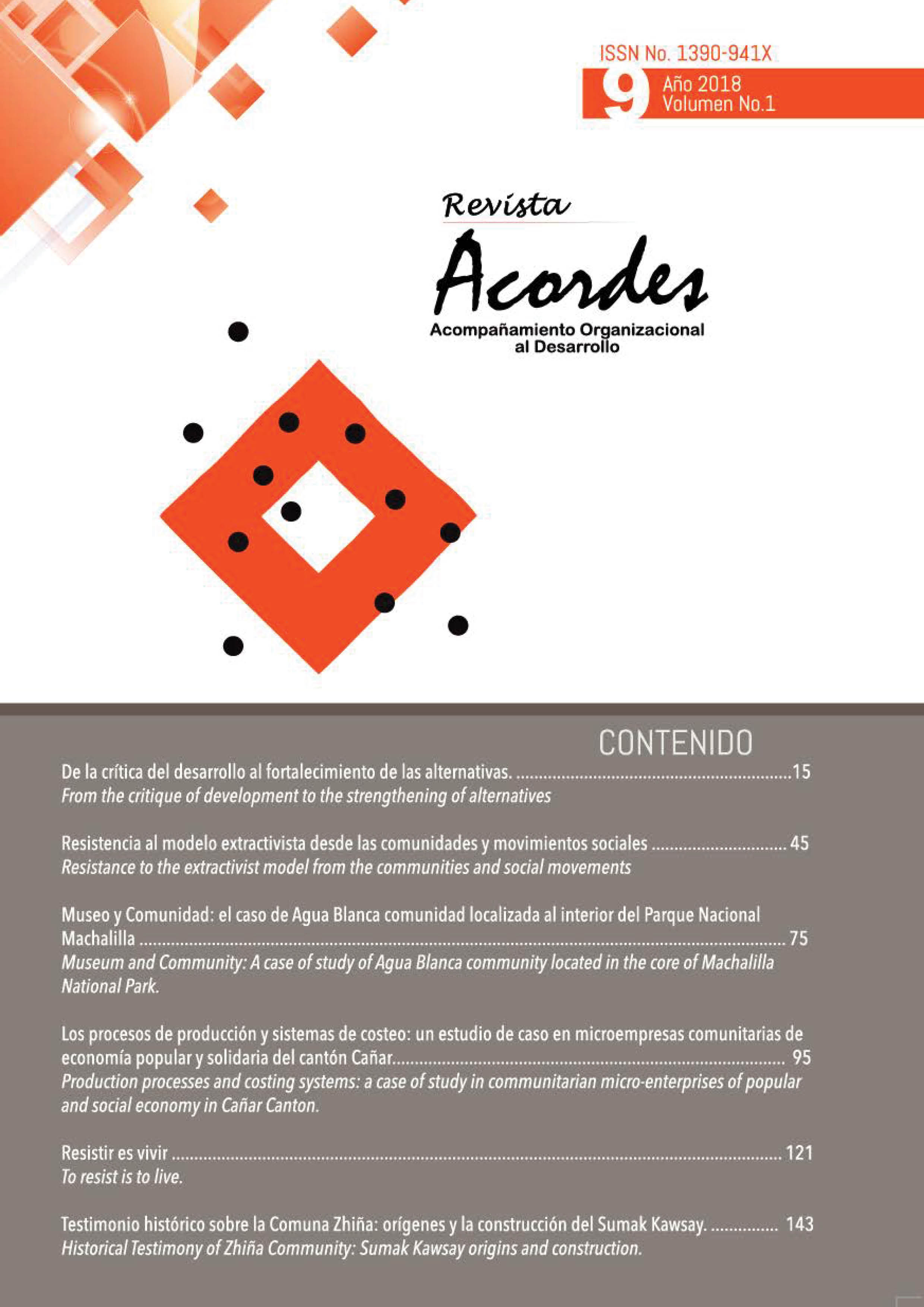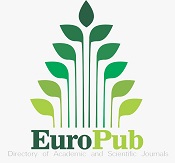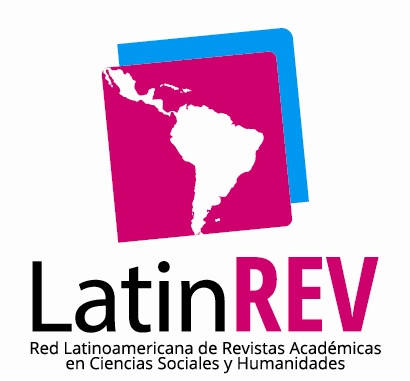Resistance to the extractivist model from the communities and social movements
Abstract
Based on the Washington Consensus, Ecuador began the implementation of a mining extractive development model. Between 1991 and 2007, the cadastres of the mining resources were lifted and a large number of mining concessions were made for the exploration phase, giving rise to the resistance of the communities and social movements to the model. Intag in front of the Junín project became icon of the resistance and catalyzed the protest in other regions of southern Ecuador, managing to stop the aspirations of the mining companies that mostly left Ecuador. Alternative proposals culminated in the Constituent Assembly (2008) with the Mining Mandate, the inclusion of Nature’s rights and the outline of a development model in harmony with nature and plurinational diversity. However, as of 2013, the Government of the Citizen Revolution, led by Rafael Correa, through reforms to the mining laws, strategic planning, propaganda and repression to communities and social movements has been imposing mega-mining on five emblematic projects in Intag, Zamora Chinchipe, Morona Santiago and Azuay. Today the projects are in advanced exploration phase or have started exploitation. The resistance of the communities remains in unequal struggle against the
powerful alliance between the government and the mining transnationals. The future of mining is still uncertain.
Keywords: Resistance, communities, extractivism, mining.
Downloads
Downloads
Published
How to Cite
Issue
Section
License

This work is licensed under a Creative Commons Attribution-NonCommercial-ShareAlike 4.0 International License.
The Journal declines any responsibility for possible conflicts derived from the authorship of the works published in it.
The originals of the journal Acordes, published in electronic version, are property of the Faculty of Economics and Administrative Sciences of the University of Cuenca, being necessary to cite the source in any partial or total reproduction.
Unless otherwise indicated, all contents of the electronic edition are distributed under a Creative Commons Attribution-NonCommercial-ShareAlike 4.0 International License.





